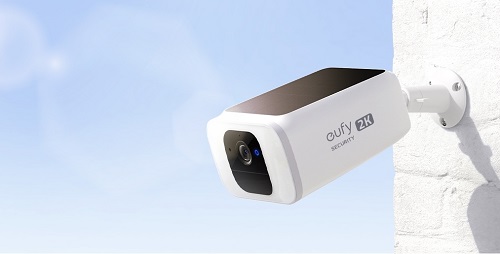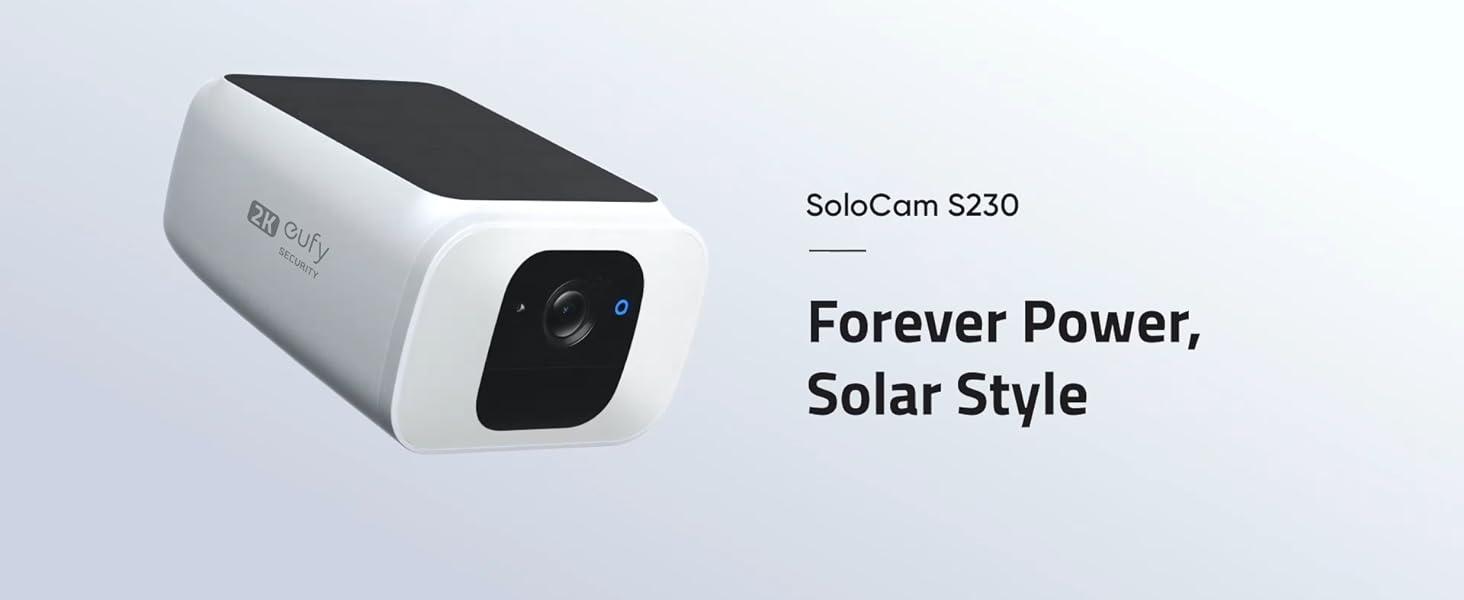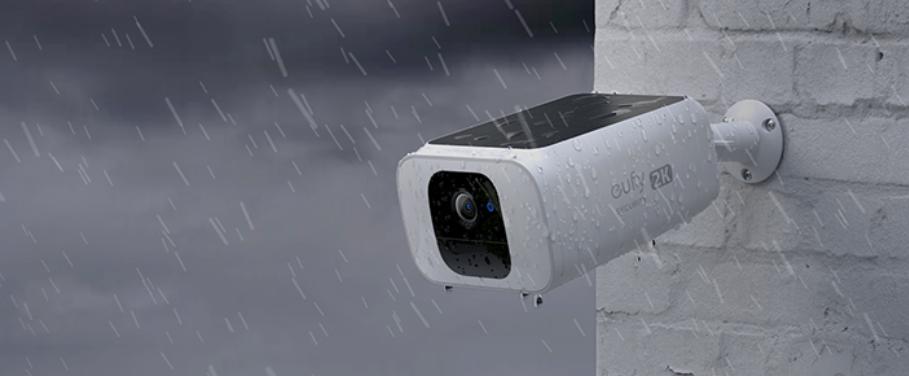“In a world where security meets sustainability, solar panel cameras are a game-changer.” Solar panel cameras have emerged as a smart and eco-friendly solution for home and business security. They combine the functionality of surveillance cameras with the sustainability of solar energy, offering a reliable, off-grid security system. In this guide, we’ll explore how solar panel cameras work, the best locations for installation, top product recommendations, and tips for choosing the right camera for your needs. Let’s dive in!

How Do Solar Panel Cameras Work?
Solar panel cameras operate by harnessing energy from the sun, converting it into electricity to power the camera. Here’s a simple breakdown of their functionality:
1. Solar Panel: The solar panel absorbs sunlight and converts it into direct current (DC) electricity.
2. Charge Controller: This component regulates the voltage and current coming from the solar panels to the battery, preventing overcharging.
3. Battery Storage: The generated electricity is stored in a battery, ensuring the camera can operate continuously, even during nighttime or cloudy days.
4. Camera: The camera uses the stored energy to function, capturing and transmitting video footage either through Wi-Fi or cellular networks.
These cameras are ideal for remote locations where running power cables is impractical. They provide an environmentally friendly way to keep your property secure while reducing electricity costs.
Where to Install Solar Panel Cameras?
The installation location of your solar panel camera is crucial for optimal performance. Here are some tips on where to place them:
1. South-Facing Roofs or Walls: Solar panels need maximum sunlight exposure, so installing them on south-facing surfaces ensures they capture the most sunlight throughout the day.
2. High Points: Mount cameras at higher points to get a broader view of the area and avoid obstructions like trees or buildings.
3. Entrance Points: Install cameras near entrances such as front doors, back doors, and garage doors to monitor who comes in and out.
4. Secluded Areas: If you have large properties, consider installing cameras in secluded areas where intruders might try to gain access undetected.
5. Garden and Yard: These areas often need surveillance to prevent trespassing and to monitor wildlife activity.
Remember, the solar panel must be free from obstructions like tree branches or other buildings that could cast shadows, reducing its efficiency.
5 Best Solar Panel Cameras
Here are the top five solar panel cameras available in the market, based on performance, durability, and user reviews:
1. eufy SoloCam S230
The eufy SoloCam S230 is a top-notch solar panel camera designed for those who prioritize security and sustainability. Here’s a detailed review of its features and performance:

Features:
Pros:
Cons:
2. AOSU Solar Camera Security Outdoor
The AOSU Solar Camera Security Outdoor is a versatile and robust choice for outdoor surveillance. Let’s explore its features and benefits:
Features:
Pros:
Cons:
3. Arlo Pro 4 Spotlight Camera
The Arlo Pro 4 Spotlight Camera is a high-end option known for its advanced features and reliability. Here’s a closer look:
Features:
Pros:
Cons:
4. Solium S600
The Solium S600 is a feature-rich solar panel camera with PTZ capabilities, making it ideal for extensive coverage. Let’s delve into its specifics:
Features:
Pros:
Cons:
5. Zumimall Solar Powered Surveillance Camera
The Zumimall Solar Powered Surveillance Camera is a budget-friendly option without compromising on essential features. Here’s what it offers:
Features:
Pros:
Cons:
How to Choose Solar Panel Cameras?
Choosing the right solar panel camera depends on several factors. Here’s a guide to help you make an informed decision:

1. Resolution and Video Quality: Higher resolution cameras (1080p or 2K) offer clearer video quality, essential for identifying details.
2. Battery Capacity: Ensure the camera has a substantial battery capacity to store enough power for continuous operation.
3. Night Vision: Cameras with infrared or color night vision provide better security during nighttime.
4. Motion Detection: PIR motion sensors help in reducing false alarms by detecting only human or animal movements.
5. Storage Options: Consider whether you need local storage (SD card) or cloud storage. Cloud storage often requires a subscription.
6. Connectivity: Check if the camera connects via Wi-Fi or cellular networks, depending on your location and availability of a stable internet connection.
7. Weather Resistance: Ensure the camera is weatherproof to withstand harsh outdoor conditions.
8. Integration: Compatibility with smart home systems can add convenience and additional functionality.
Conclusion
Solar panel cameras are a perfect blend of security and sustainability. By harnessing solar energy, these cameras provide reliable surveillance without the need for electrical wiring or high energy costs. Whether you’re looking to secure your home, business, or a remote property, there’s a solar panel camera that fits your needs. With the top five recommendations and tips on choosing the right one, you’re well-equipped to enhance your security system with the power of the sun.
FAQ
What size solar panel do I need for security camera?
The size of the solar panel required depends on the power consumption of your security camera and the amount of sunlight your location receives. Typically, a 5 to 10-watt solar panel is sufficient for most security cameras. However, if you’re in an area with less sunlight, consider a larger panel to ensure consistent power supply.
How long does it take for a solar panel to charge a security camera?
Charging times vary based on the solar panel size, battery capacity, and sunlight availability. On average, it takes about 5 to 8 hours of direct sunlight to fully charge a security camera’s battery. Some cameras come with fast-charging capabilities, reducing this time.
